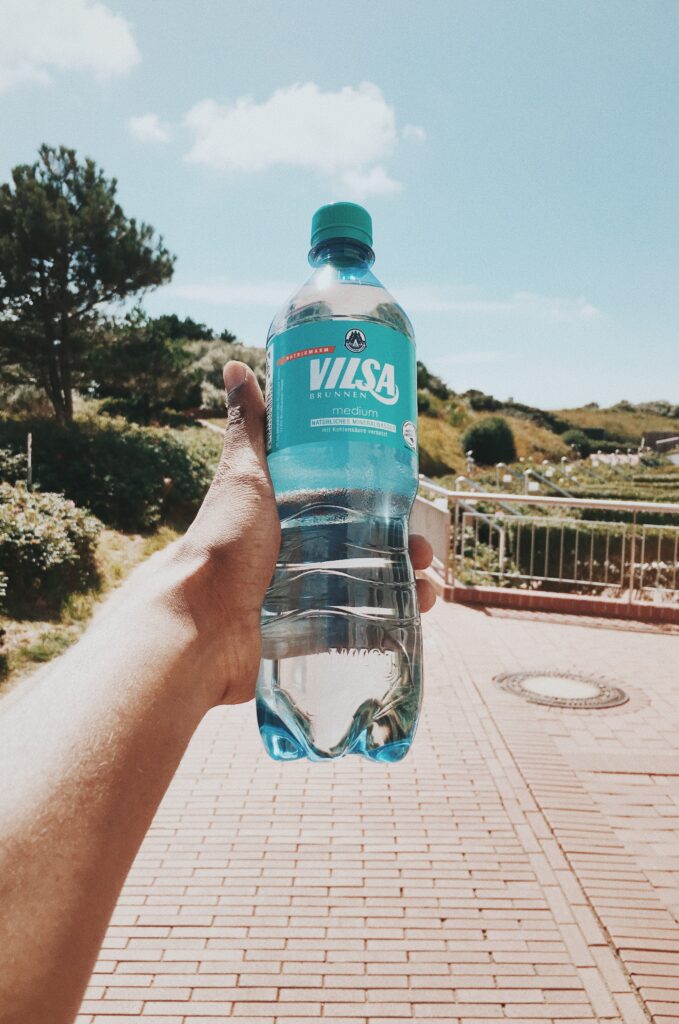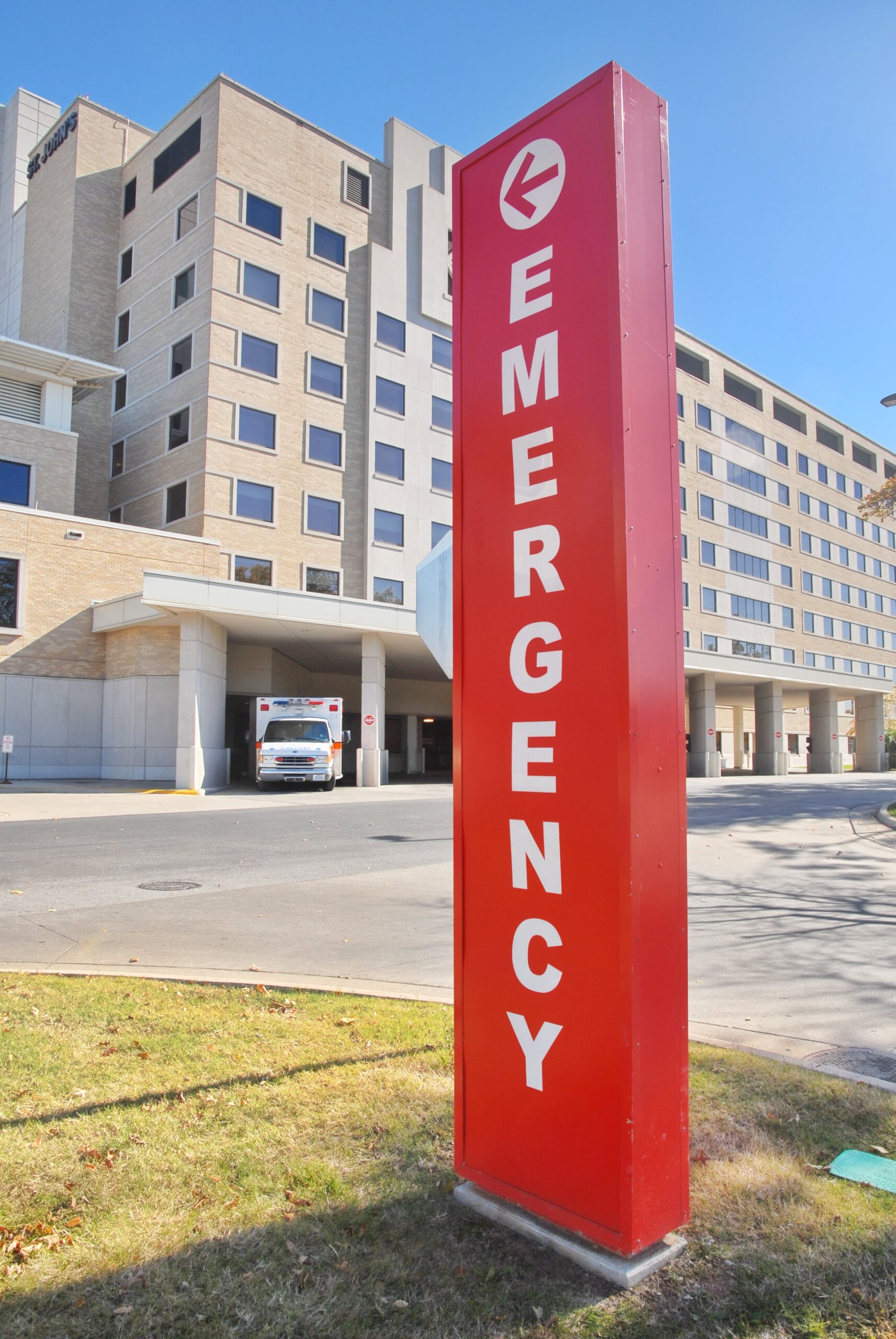If you are planning to travel to a warm and sunny place, you should be aware that strong sunlight and extremely hot temperatures can be dangerous to your health.
While extreme heat can put everyone at risk from heat illnesses, health risks are greatest for older travelers, infants and young children, and those who have chronic illnesses or are physically impaired.
Extreme heat may increase your health risks if you have breathing difficulties, heart or kidney problems, hypertension, Parkinson’s disease or a mental disorder.
Here are some sun- and heat-related health issues that you should discuss with your health care provider before you leave home.
Sun safety tips
Dress for the weather: wear loose-fitting, light-coloured clothing made from breathable fabric.

Stay hydrated: drink plenty of cool liquids, especially water, before you feel thirsty to decrease your risk of dehydration.
Avoid sun exposure: wear a wide-brimmed, breathable hat or use an umbrella.
Wear sunglasses: make sure they provide protection against UVA and UVB rays.
Limit your time in the sun: especially between 11:00 a.m. and 4:00 p.m.

Use sunscreen: with a Sun Protection Factor of at least 15. The sunscreen should also say “broad-spectrum” on the label, to screen out most of the UVA and UVB rays. Remember, sunscreen will protect against the sun’s ultraviolet (UV) rays, but not from the heat.
Sunburn
Sunburn is caused by overexposure to UV rays. While the symptoms are usually temporary, skin damage is cumulative throughout a person’s life and can develop into serious long-term health effects, including skin cancer.
Reflections off snow, water, sand and concrete can increase the effect of UV rays. Protect yourself on cloudy days, when you’re swimming, and even while skiing.
If you have been in the sun long enough to get a severe sunburn you may be at increased risk of heat illness. Some symptoms of heat illness are similar to sunburn so it is important to be aware of both to protect yourself.
Possible symptoms of sunburn include:
- red, tender skin that is warm or sensitive to the touch
- blisters that develop hours or days later
- severe reactions (also called “sun poisoning”), including fever, chills, nausea, or rash
- peeling skin on sunburned areas several days after the sunburn
Heat illness
Heat illnesses include heat stroke, heat exhaustion, heat fainting, heat edema (swelling of hands, feet and ankles), heat rash and heat cramps (muscle cramps). Heat illnesses can affect you quickly and are mainly caused by overexposure or overexertion in the heat.
Watch for symptoms of heat illness, which include:
- dizziness or fainting
- nausea or vomiting
- headache
- rapid breathing and heartbeat
- extreme thirst (dry mouth or sticky saliva) and
- decreased urination with unusually dark yellow urine
If you experience any of these symptoms during hot weather, immediately move to a cool place and drink liquids. Water is best.

Heat stroke is a medical emergency! Call the local emergency number immediately if someone has a high body temperature and is either unconscious, confused, or has stopped sweating.





